When shopping for a new smartphone, you'll encounter comparisons and spec sheets that are filled to the brim with values like mAh, GB, and GHz. To the average consumer, however, these values are meaningless, so we end up looking at which device has the specs with the highest actual numbers.
But as the saying goes, there's lies, damned lies, and statistics. This adage holds true for smartphone and tablet specs, as some numbers are far more important than others, and in several instances, a smaller number is actually better than a larger one.
So to help you make sense of all the raw data offered by device manufacturers, I'll try my best to break down each of the key specs into layman's terms below. There's not a one-size-fits-all smartphone buyer's guide, but if you know what specs actually matter and what to look out for, you'll be able to make a well-informed decision on your next major purchase.
Screen: Keep Counting Pixels
According to Steve Jobs (while marketing the term "Retina Display"), the human eye is incapable of detecting any more than 300 pixels in a square inch of a display, when that display is 12 inches away. This gave rise to the popular misconception that displays can't get any sharper than what our current technology already allows for—but as sure as carrot juice can't cure cancer, Jobs was wrong here.

Display resolution does still matter, as the human eye is capable of detecting up to 900 pixels in a square inch, and that's still out of reach with current technology. The key spec to look for here is a screen's pixel density (generally labeled either DPI or PPI), which represents the number of pixels per square inch in a display. In this day and age, anything with a DPI value over 250 should be acceptable, but if you're paying flagship prices, you should expect at least 400 here.
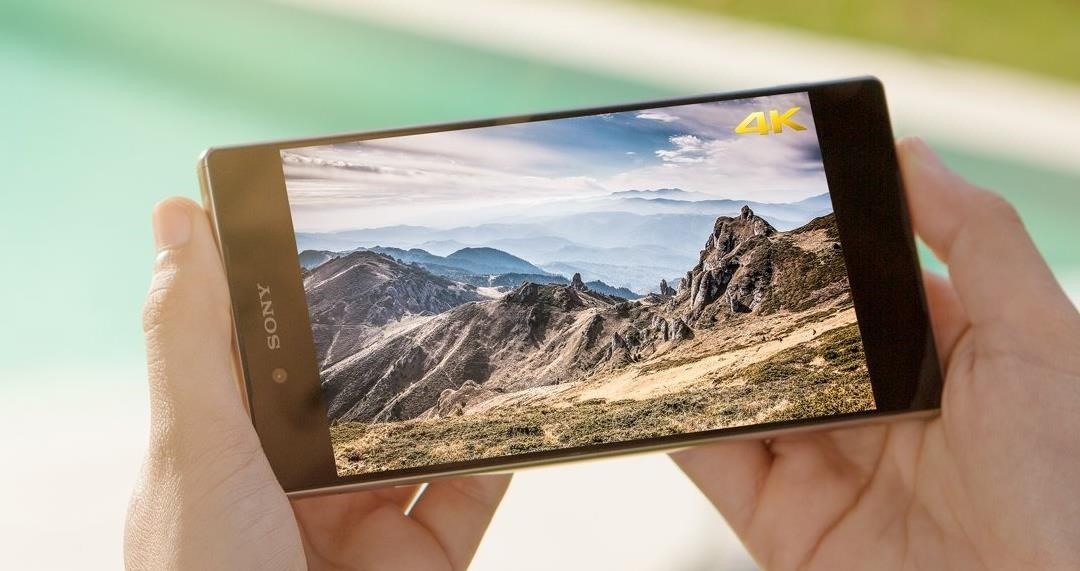
The downside to high DPI values is that more computing power is required to keep track of all those pixels. And with smartphones, higher power usage translates directly to more battery drain, so you may want to stick to a range between 300 and 500 DPI for a balance of performance and efficiency.
RAM: The More the Merrier
RAM (commonly referred to as memory, but not to be confused with storage) is where bits of data are stored as they wait in line to be processed by your CPU. This really comes into play when you're multitasking, as recently-active apps are stored in your phone's RAM just in case you might want to switch back to them sometime soon.
Taking that concept a step further, things like your keyboard, your phone's system interfaces, and your home screen are almost always stored in RAM—because the smart people behind Android and iOS know that you may need any of these things at a moment's notice. And depending on the system, these basic elements can permanently occupy up to half a gigabyte of RAM, so you know you need at least that much to begin with.
When shopping for devices, look for a phone with at least 2 GB (gigabytes) of RAM. Apple devices are generally more RAM-efficient than their Android counterparts, but even then, last year's iPhone 6s was upgraded to include 2 GB, so this has become the new minimum. With modern Android devices, 3 or 4 GB is the sweet spot, though more is always better on this front.
Processor (Part 1): Clock Speed & Die Size
At the heart of your phone lies its processor, or CPU. This is effectively the brain of your device, and its specs determine whether your phone feels "fast" or "slow." But speed isn't the only spec that matters with a processor, because other factors are at play when you consider battery efficiency, multitasking, and the ability to perform functions when your screen is off.
The most fundamental measurement of a processor's quickness is its clock speed, which is usually represented as a gigahertz value. Today's fastest mobile processors have clock speeds ranging from 1.8 GHz to 2.2 GHz, though anything above 1 GHz should be acceptable.
Beyond clock speed, a second factor to consider here is the processor's die size. For the sake of simplicity, this is the size of the physical pieces that make up a CPU. Everything else being equal, a smaller die size is superior because less heat is generated, meaning less energy is wasted. Today's top mobile processors have a 14-nanometer die size, and the generation before this one sported 20-nanometer dies, so anything in that range should be your target here.
Processor (Part 2): Multi-Core & Individual Core Performance
Nowadays, you'll be hard-pressed to find a single-core processor. With the advent of multi-core processors, the days of apps freezing or locking when the operating system was maxing out the CPU are long gone, as additional processes can now be handled by a different processor core.
So multi-core processors are obviously better, but how many cores do you need? The short answer is "at least two cores," but of course there's a longer answer.
First, as long as a processor has at least two cores, clock speed should still be the main differentiating factor when picking a CPU. A dual-core processor with higher clock speeds will usually outperform a chip that has lower clock speeds, but more cores. This is because most apps are programmed to only run on one CPU core at a time, so the faster the individual core performance, the better.
But a second factor to consider here is that some graphics-intensive apps can indeed distribute their workload across multiple cores. Mobile games are just now starting to be programmed this way, as are photo and video editing apps. For these types of apps, a CPU with more cores will be beneficial, provided the clock speed of the individual cores is still up to snuff.

In summary, always look for a CPU with fast clock speeds, regardless of the amount of cores it has. But if you're a gamer, a graphics artist, or a video editor, a CPU with lots of cores may indeed be a better fit—though only if the clock speed is still on par with your other options.
Processor (Part 3): Low-Power Cores & Architecture
Another major benefit to a mobile processor with multiple cores is that, lately, one or more of these cores are being assigned to low-power tasks that can be quite helpful. For instance, some mobile processors will have a low-power core dedicated to an always-listening "OK Google" or "Hey Siri" trigger phase, which can wake your device from sleep to perform a voice search. Instead of using a main processor core to constantly listen for this trigger phrase, the low-power core can accomplish the same task while having minimal impact on battery life.
And speaking of battery life, the architecture used in your CPU can have quite a big impact on this front. Most mobile processors are built on ARM or ARM64 architecture, which is quite fast at entering a low-power sleep mode when you're not actively using your device. However, some mobile processors use X86 or X64 architecture, which was initially designed for desktop computers with raw power and speed in mind, but doesn't have the same chip sleep efficiency.
So to summarize here, look for a processor with low-power cores that perform useful tasks while your screen is off without sucking down battery. And if battery life is important to you, it's probably best to stick with devices that use ARM or ARM64 architecture instead of X86 or X64.
GPU: Cores Do Matter
While we're on the subject of processors and cores, a device's graphics processing unit, or GPU, can be a big factor in real-world performance—especially if you're into mobile gaming. But most phones these days use a setup called "System on a Chip," or SoC, which means that unlike desktop computers, the GPU is baked right in with the CPU.
This means that it can be hard to distinguish the specs of the actual GPU in a mobile device, since they're usually lumped in as part of the CPU specs. But rather than dissecting and diagnosing these specs, a simpler approach would be to just look at the GPU model number. Snapdragon SoCs use Adreno GPUs, Exynos uses Mali, and Apple's A9 chips have PowerVR graphics processors. Find these keywords in a spec sheet, then look for the numbers that directly follow them. A higher number is better here, so an Adreno 530 offers a superior gaming experience to that of an Adreno 418, for instance.
Storage: External vs. Internal & the Cloud
A device's storage capacity (again, not to be confused with RAM or memory) is an important spec to look for if you save files like pictures, videos, and MP3s on your phone or tablet. The more storage a device offers, the more room you'll have to store these types of files. This is another spec that uses gigabytes for its value, and storage is usually offered in multiples of 8 GB.
But these days, your phone's operating system can occupy as much as 4 GB of storage by itself, so 8 GB is simply not viable anymore, and 16 GB should be the bare minimum. Beyond that, though, the amount of storage you'll need will depend on how you use your device.

If you stream your music from a service like Spotify instead of saving the MP3s directly to your device, storage shouldn't be a big issue. Same goes if you keep your photos and videos synced to the cloud with a service like Google Photos, because the actual files are stored on an external web server and simply viewed on your device instead of saved locally.
Some devices offer expandable storage (also known as external storage), which means that if you run out of the regular internal storage space, you can simply pop in an SD card to get more. So if one of your finalists offers this option along with a base internal storage level of at least 16 GB, I'd go with that one instead of paying hundreds more to get the 32 or 64 GB variant of its competitor.
Battery: It's All About the mAh
Battery life is important to everyone, and as far as specs go, there's only one number that matters: milliampere hours. This number is usually depicted as an mAh value, and it's about as straightforward as it gets.
To put it simply, the higher the mAh value, the longer the device's battery will last. Of course, processor efficiency, screen size, display type, and other specs play a big role in battery life, but all else being equal, go with the device that has the higher mAh value.

Camera: Megapixels Don't Matter Anymore
For years now, manufacturers have been engaged in a spec race when it comes to cameras, and the focus of this numbers war has always been megapixels. It's an easy spec for consumers to understand, because more megapixels means your photos are comprised of more tiny little dots, and should thus be higher in resolution. However, we crossed the Steve Jobs-Retina line years ago, and even the cheapest camera sensors are now capable of capturing more megapixels than the human eye can see. For instance, a top-of-the-line 4K TV has a resolution of 8.3 MP, so anything above that number can't even be properly displayed on the highest-resolution screen in your house.
So instead of getting caught up in the megapixel hype, look for a camera with a bigger sensor size, larger pixel size, and a wider aperture. Keep in mind that some of these specs are represented as fractions, which can be a bit confusing. Pixel size will be a raw number, so the bigger the better there. But aperture is represented as "f/2.0" (f divided by 2.0) for example, so the smaller the number (divisor), the wider the aperture. Same goes for sensor size, where it's 1 divided by however many inches, so look for a smaller divisor number here as well.
When it comes to video recording, most of these numbers are straightforward, so bigger is better. Higher recording resolution (1080p, 2160p, etc.) will help ensure that your video clips don't look outdated too soon, and a high frame rate (60 fps, 120 fps, etc.) will lead to smoother motion.

One final thing to consider here is image stabilization. Optical image stabilization (OIS) is a feature on higher-end mobile cameras that mechanically stabilizes your camera sensor to reduce shaking in videos and blur in still photos. Electronic image stabilization (EIS) accomplishes the same task, but it's done with anti-shake and anti-blur software after you've finished recording, so it's not quite as good. However, EIS is better than no image stabilization at all, so look for an OIS camera first, an EIS camera second, and pass on a device that doesn't support either.
Just updated your iPhone? You'll find new emoji, enhanced security, podcast transcripts, Apple Cash virtual numbers, and other useful features. There are even new additions hidden within Safari. Find out what's new and changed on your iPhone with the iOS 17.4 update.
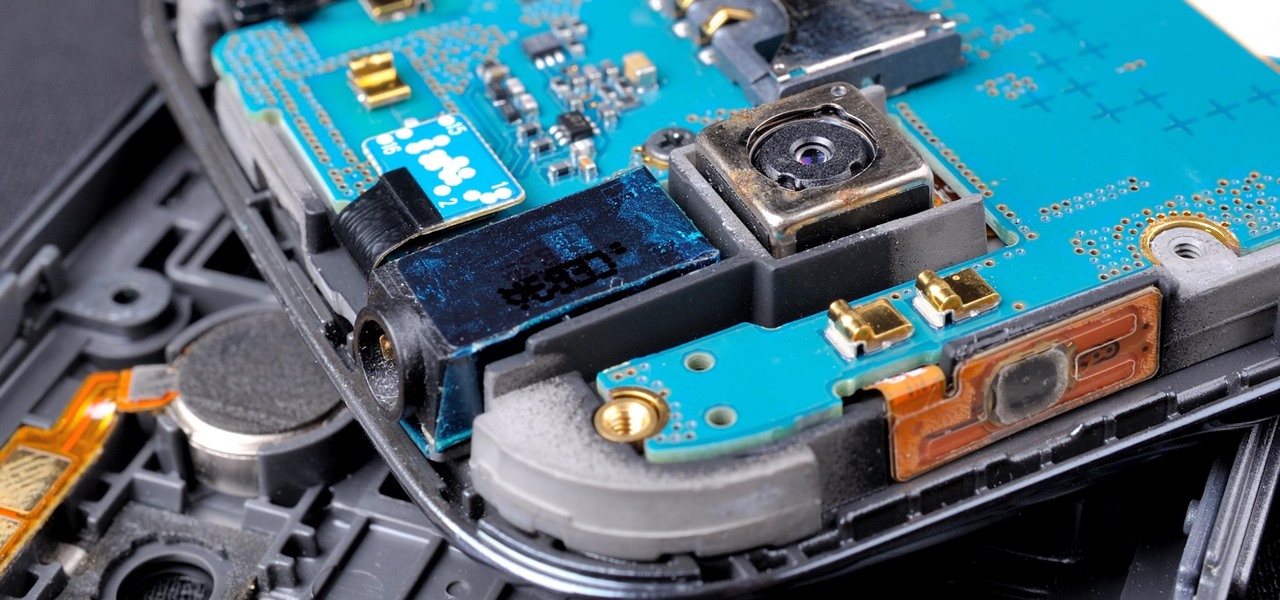




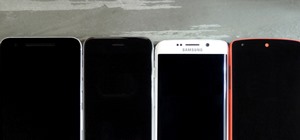

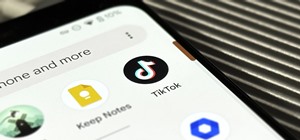








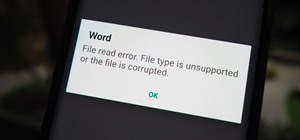





2 Comments
On the camera megapixel front:
I didn't want to get into it in the article for the sake of simplicity, but extra megapixels means that you can safely do a bit of digital zooming. For example, if the camera takes 16 MP photos, you could use digital zoom to effectively crop the picture 2 times closer, and you'd end up with an 8 MP photo that was zoomed in twice as far and still has roughly 4K resolution.
But, when a camera sensor has an insane amount of megapixels for its physical size (the "Sensor Size" spec), the individual pixels ("Pixel Size" spec) are a lot smaller than they need to be. It's simple physics here, because to fit more of something on the same surface area, you need to make that something smaller.
So more megapixels gives you better digital zoom, but it generally leads to smaller pixel size. This means that, once you use the digital zoom, you'll start to notice that the photos aren't really that good, because the pixels are so small that they're not capturing enough of the light spectrum.
Interesting article. However I expected you to talk about the chipset. Which one is the best for performance and battery life. Kindly respond please.
Share Your Thoughts